When I started working on Blow It Up, Start Again last year I swore I wouldn’t transcribe it for winds. I had just come off a string of large-ish band pieces, and had convinced myself I needed a break from thinking about saxophones. In fact, I went out of my way to make the thing as orchestra-centric as possible. That direction is actually one of the core tenets of my artistic life: Make work for a medium, that only that medium does well. It’s why the movie is usually not as good as the book. Unless the filmmakers are smart enough to revise the thing so that it now does things a book could never do.
And so, there are sul ponticello string glissandos. There are cavernous multi-octave leaps. Rapid repeated staccati. Lengthy sustained chords. Huge section divisis with tremolos. Stuff you just cannot translate.
Turns out, though…you kind of can.
CYSO previewed the piece at the Midwest Clinic…where I hear some band directors occasionally show up. And there was a quiet clamor for a transcription. I couldn’t really argue. The sucker did have a certain, er, bombastic quality to it–where more brass, percussion, and general volume seemed not out of place. And I figured that despite the walls I purposefully put up, I could probably come up with something.
When I started working on the transcription, the voice in my head repeated, “This is going to sound awful.” But as I got into it, I thought, actually, in some ways this is kind of better. I mean, the string balance issues are solved. BOOM. Because once you put something in the saxophones, man, you can definitely hear it. And the syncopated lines will sound fantastic and funky in the winds, no doubt.
And that’s the takeaway, I think. Some of the transcription will always rub me the wrong way and make me cringe. And some of it will sound way better. Life lesson, right there.
So here’s how it went down:
I raised the thing by a half-step. While E-blues/G major are fantastic key areas for orchestra (worth it for the available double and triple stops alone), they are TERRIBLE for wind players. But there was a knotty problem I couldn’t work out. The trumpets were already crazy high (and those are for C instruments). But the trombones have a very specific gliss that starts on what is essentially their lowest note. So taking it down to E-flat seemed out, unless I wanted to re-write the trombones. Which I tried. And failed at spectacularly. The whole idea of dubstep (flavors of which are sprinkled all over the piece) is that it’s WUB WUB WUB down low. Can’t raise it too much. And I couldn’t get lower than E2 on the bones. So up to F we go. The trombone glisses still worked, and the wind parts didn’t look nearly as scary.
Otherwise the trombones were barely touched. I added just a handful of extra chord tones occassionally, to fatten things up, because I made a fourth trombone part. I did not need a fourth trombone part. But it’s a band. Might as well have the minimum be a lot, and make this thing loud, if nothing else. The tuba part also did not move a single inch. Except up a half step, like everything else.
But because of the key change, the trumpet parts were re-jiggered significantly. There was a lot of sweat making sure that the re-voicings had the same amount of oomph. Again, even though they’re generally lower in this version, some of the shape of the new trumpet section line is actually kind of better. Most importantly, though, Maynard Ferguson is no longer required.
With all due respect to the clarinets, and contrary to standard practice, much of the string writing went in the saxophones. Who I learned long ago are actually the solution to most windestration problems, not the impediment. The results are I believe some of the most intricate saxophone parts I’ve yet made.
Interesting sidenote: an E-flat Clarinet serves as a quite nifty fifth (sopranino) saxophone.
In the end, I struggled to contain all the extra percussion to 5 players. Here’s one attempt to sort out the battery into separate players. On a page by page basis.
You can see where I gave up this process after only getting as far as page 13. Twice.
The original’s clustered string glisses (most of which cover several octaves) sound like a million bucks. But they are literally impossible in this medium. So a lot of re-writing happened. Here’s me working out adding to the new written-out wind runs with a system of lipping up and down in tiny increments with saxophones and trumpets. Before I had any actual notes.
I also made the harp optional. Bands rarely have them, and if you make it an official part, they often have to hire out ringers. In this kind of a piece, though it’s not exactly a color necessity. But, man, even for an optional part, when you’ve worked out the pedalings in one key, and then you need to re-pedal for a transposition?…that alone was an entire day’s work.
The timpani, too, needed TLC. The original is worked out carefully for four drums. I wanted the same here. But the thing is up a half-step now, and whoops!…pitches that worked on one drum suddenly aren’t there anymore. Here’s me working out a new drum map.
Sexy, right? Like it’s in code. Or maybe it’s more like a Miró sketch. The arrows actually translate to “I don’t really know what I’m doing … surely they can pedal to this?”
Finally, where I avoided a drumset in the original piece, here, I embraced it. In an orchestra, a trap in the back reads “Pops Concert”. In a wind symphony, it reads “Oh! That’s kind of cool.” It also freed up a percussionist for half the piece to play more mallet instruments. Which helps smooth out much of the transcribed string music.
The uncorrected score now looks like I meant this whole thing to happen. Never let them think otherwise.
The superb ensembles who commissioned this transcription are going to blast this thing to the heavens, blow the roofs off their halls, and make the audience beg for more. I cannot wait to witness this. BOOM!
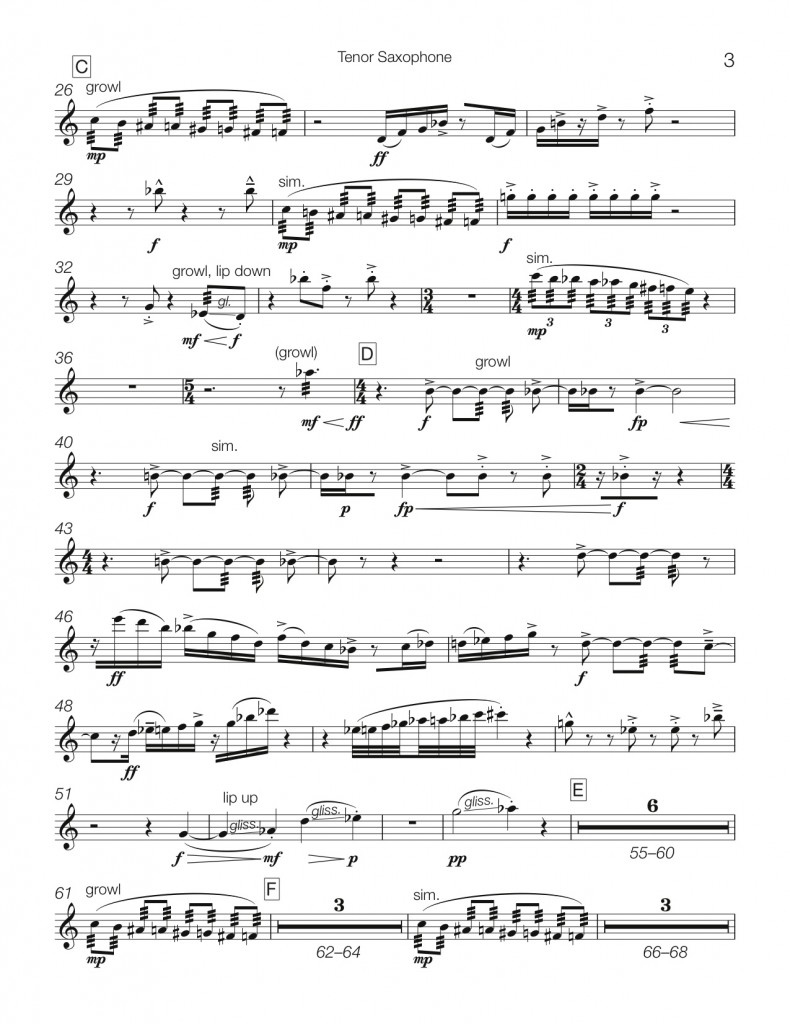

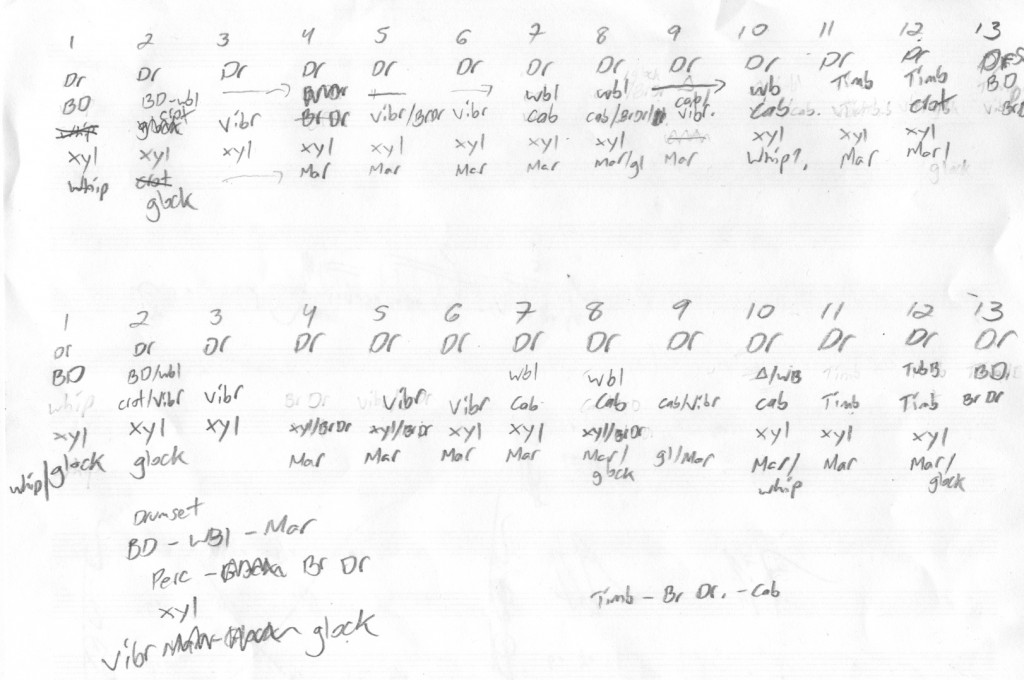
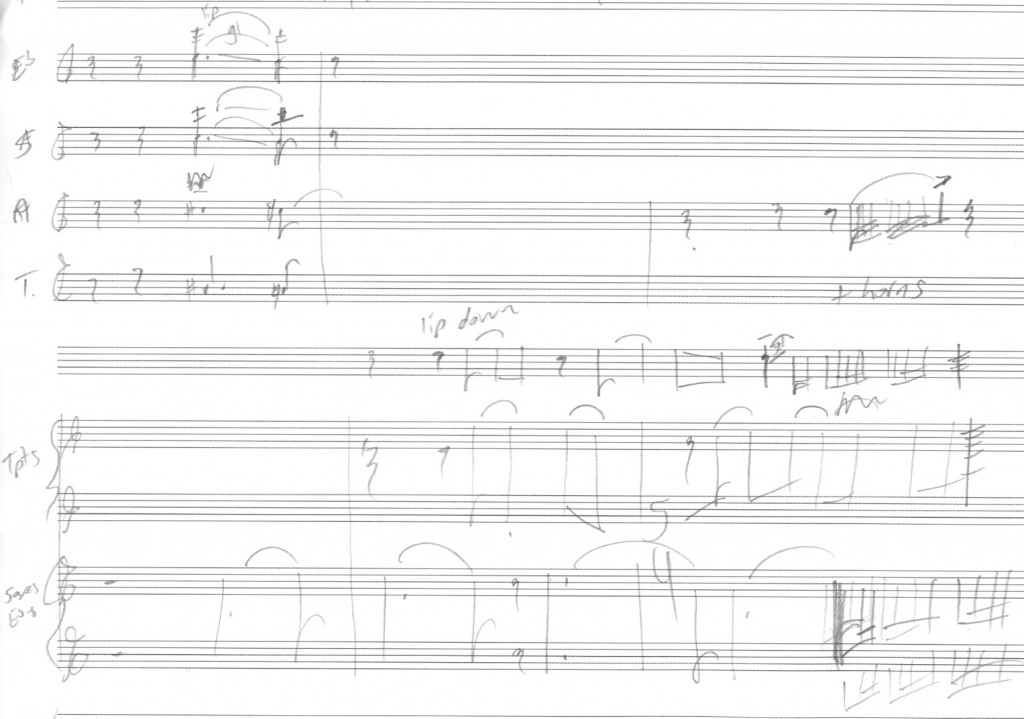
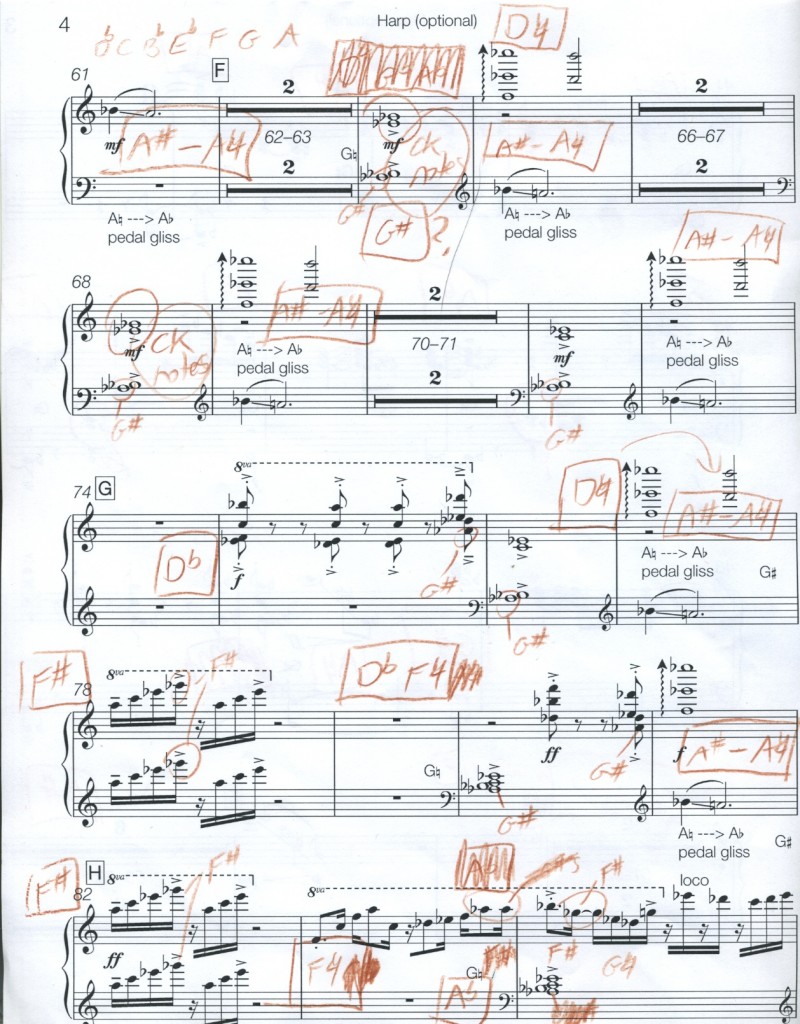
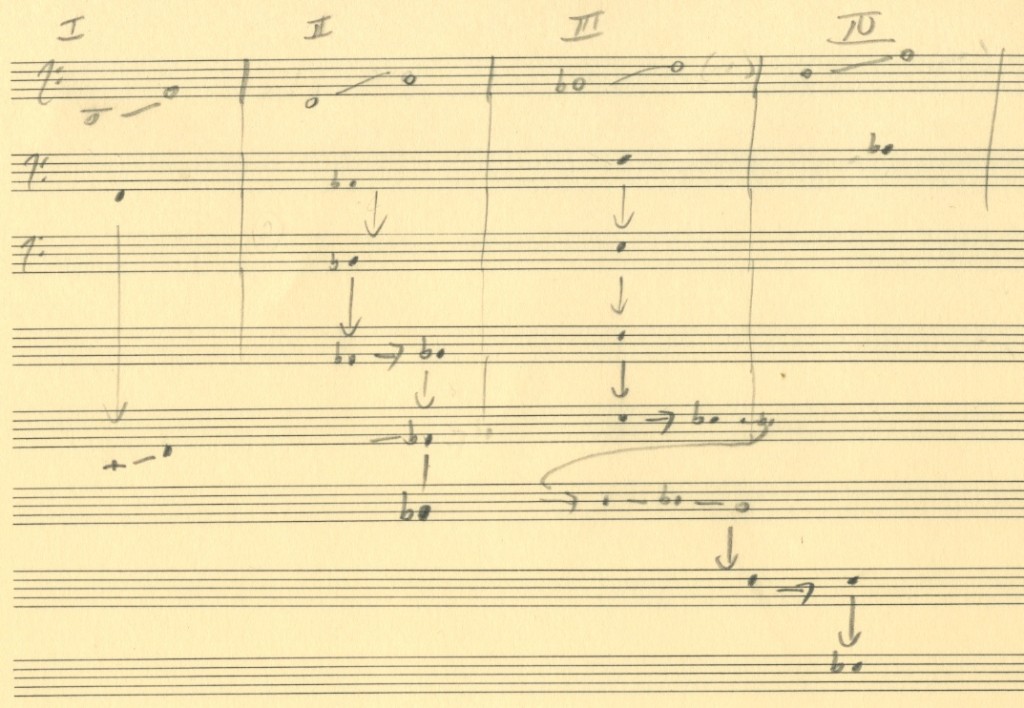
2 Comments
Fantastic look at your thought process. I am looking forward to working on this in March.
Jonathan, I absolutely had to laugh when I read this…first of all, as you know, my Sarasota Pops Orchestra is about to start rehearsals on this in 1 hour. I handed out the music 2 weeks ago and told the string players, “DON’T COMPLAIN!”
My principal percussion wants to play the part on “trap” (“screams pops concert!”) and one of my strings already emailed me and said, “Don’t you think this is better suited for just the winds and percussion!” HAHAHA! If she only knew what you were doing to make that happen!!!
Looking forward to digging into it for the next 5 weeks!!!
Robyn
Post a Comment